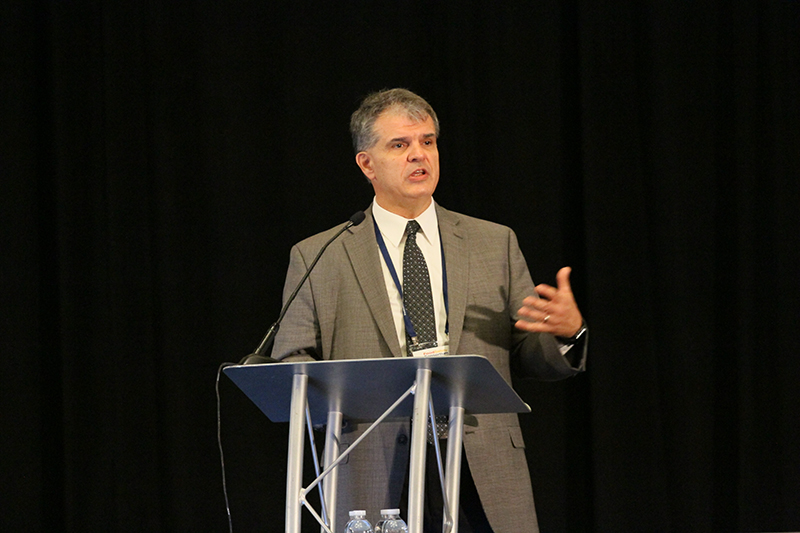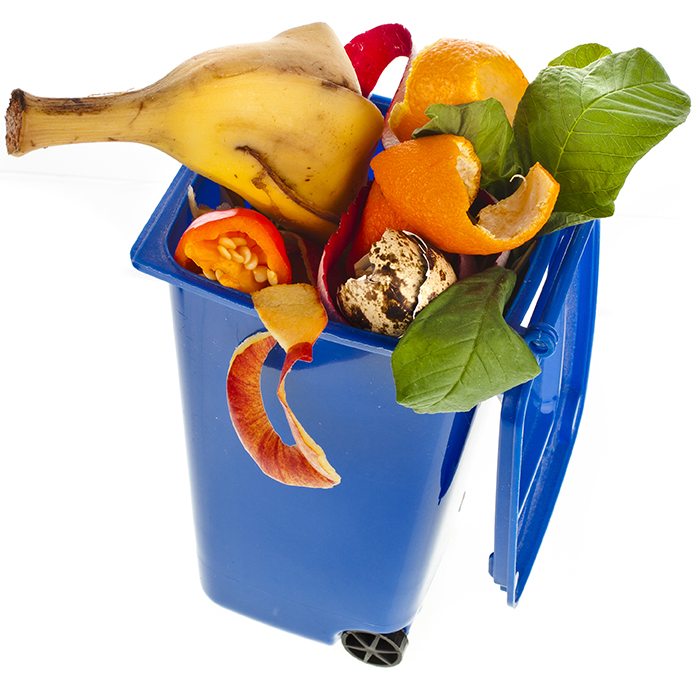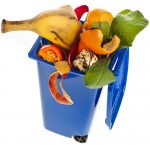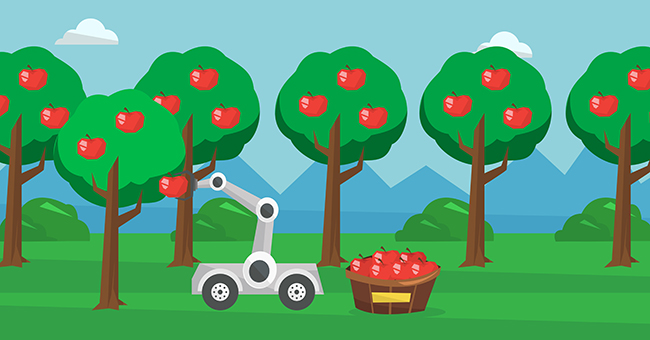Industry from the public and private sector joined for a record turnout during the FDA public meeting yesterday to discuss the agency’s initiative, a new era of smarter food safety. The meeting, which was at maximum capacity for both in-person as well as webcast attendance, began with a call to action from FDA Deputy Commissioner, Office of Food Policy and Response, Frank Yiannas on the importance of all stakeholders in the industry to work together to drive the change. As Yiannas has previously commented, the food industry is in the midst of a revolution. The world is changing faster than ever, and the FDA is challenged with not just creating a safer, more technology-centric and traceable food system, but also getting there faster and more effectively. “I’ve always believed that words we use are important,” he said. As the day’s various discussions would be around the new era of smarter food safety, Yiannas gave the audience a definition to consider: “A new era is a memorable or important date or event, especially one that begins with a new period in our history.”
FDA held breakout sessions centered on areas critical to the initiative:
- Tech-enabled traceability and outbreak response
- Smarter tools and approaches for prevention
- Adapting to new business models and retail modernization
- Food safety culture
During each session, FDA facilitators asked the audience questions. The following are some key points brought out during the breakouts.
Tech-Enabled Traceability and Outbreak Response
- FDA should consider all parts of the supply chain when thinking about traceability
- Take into account considerations for sharing sensitive data along the supply chain
- Speaking a common language and creating data standards, along with necessary minimum data elements for traceability is critical
- Better communication related to data sharing as well as more meetings with FDA and stakeholders, especially during outbreaks
- Show industry the ROI of the data
- Provide a roadmap or recommendation for companies on where they can begin on their traceability journey
- Request for unity across government agencies (i.e., FDA, USDA), as it would provide more clarity during an outbreak
Smarter Tools and Approaches for Prevention
- Trust and transparency are key
- Safeguards that address privacy concerns and liability
- Data
- Data sharing: Concern about retroactive investigations
- Types of data: With the “treasure trove” of existing data out there, which is the most important and helpful in improving food safety?
- Environmental assessments and root cause analysis—more dialogue between FDA and industry
Adapting to New Business Models and Retail Food Safety Modernization
- More need for collaboration
- Globalization and use of best practices
- Establishing a common standard to level the playing field
- Establish best practices for tamper resistance
- The last mile: Food safety training for food delivery personnel as well as harmonization for last mile delivery
- More consumer education
Food Safety Culture
- Emphasis on behavior and humanizing the work: Focusing on what happens within organizations at all levels
- Clarity and communication are important
- Leveraging current food safety culture best practices as well as any relevant existing standards (i.e., ISO, Codex)
- Partnerships are critical, finding the balance between compliance and collaboration
Other Factors FDA Must Consider
The FDA meeting also included panel discussions that drew out the realities FDA must consider in this rapidly changing environment. “These are exciting times and this initiative is recasting our thinking in a whole new light,” said CFSAN Director Susan Mayne, adding, “We need to get ahead of these challenges and not be in reactive mode.”
Consumer awareness and demands for healthy, locally sourced and minimally processed food, for example, are creating increased pressures on food companies and retailers. In addition, the digital savvy and diverse Generation Z (the population born between 1990 and 2010, which will comprise nearly 40% of the U.S. population by 2020) has buying habits and a strong desire for transparency that is shifting how food companies will need to do business, according to Mary Wagner, president of MX Wagner & Associates.
“Trust represents safety, quality and commitment on a much more personal level to our consumers,” said Dirk Herdes, senior vice president at the Nielsen Company, emphasizing the need to communicate with authenticity. “Consumers have never been more informed, but never have been more overwhelmed with information. It’s not data—it’s trust. Trust is the new currency with which we’ll operate.”
FDA and USDA also remain committed to building a stronger relationship between the agencies, said Mindy Brashears, Ph.D., deputy undersecretary for food safety at USDA. “As science moves forward, we have to allow our policies to move forward to keep consumers safe,” she added.
The comments shared during yesterday’s meeting, along with written and electronic comments (with a deadline of November 20), will be considered as FDA puts together its blueprint document for a new era of smarter food safety. More information about providing comments can be found on the Federal Register page.





























